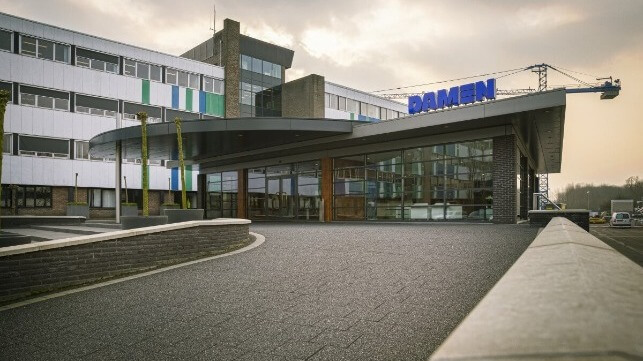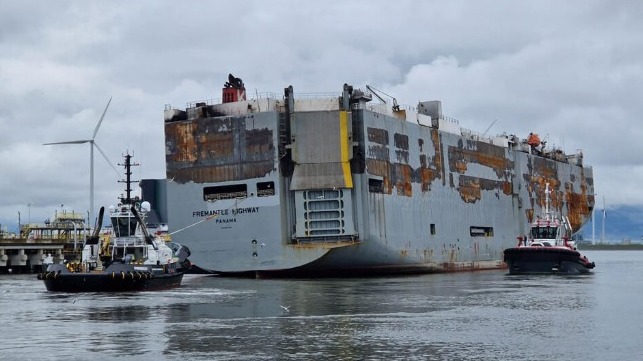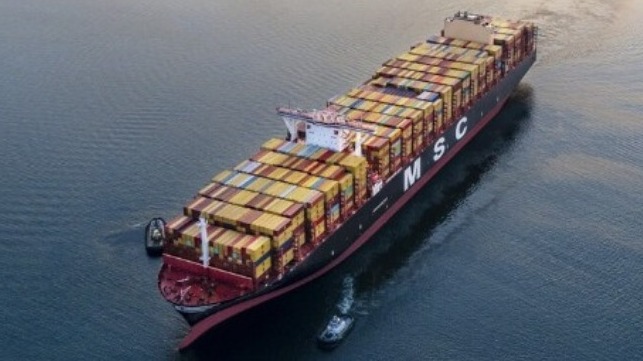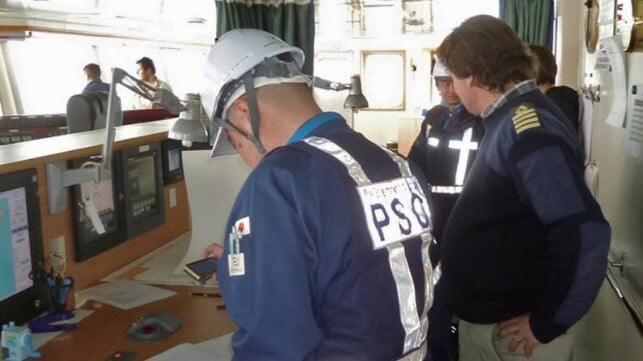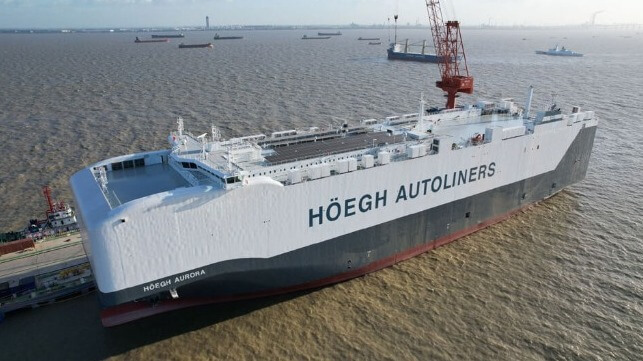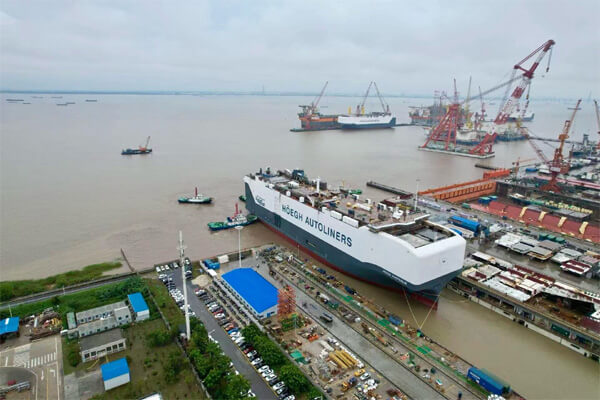Bloomberg News | August 2, 2024 |
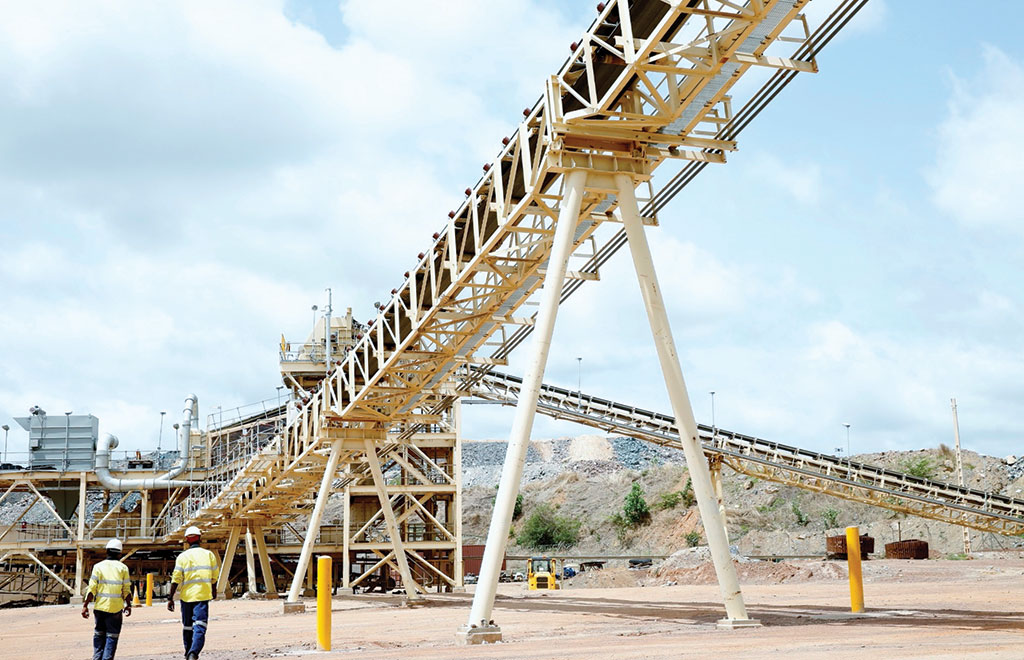
Conveyors at the Sabodala gold mine in Senegal. Credit: Teranga Gold
Workers at Endeavour Mining Plc’s Sabodala-Massawa mine in Senegal started a strike on Thursday that could hamper the company’s ability to reach annual production target.

The work stoppage, which comes following the arrival of new equipment at the project, risks having a serious impact on gold production in “the second trimester of 2024,” according to an internal memo seen by Bloomberg.
The reason workers laid down their tools was not immediately known. A spokeswoman for the company declined to comment when she was contacted by phone.
“Even if this strike was short-lived, the shutdown of this plant would affect the equipment” and “it would be months before we could hope for a return to normal activity,” the memo said.
Endeavour was on track to achieve its full-year guidance of between 1.13 million ounces and 1.27 million ounces following an expansion of the site, the company said in April.
(By Katarina Höije and Momar Niang)
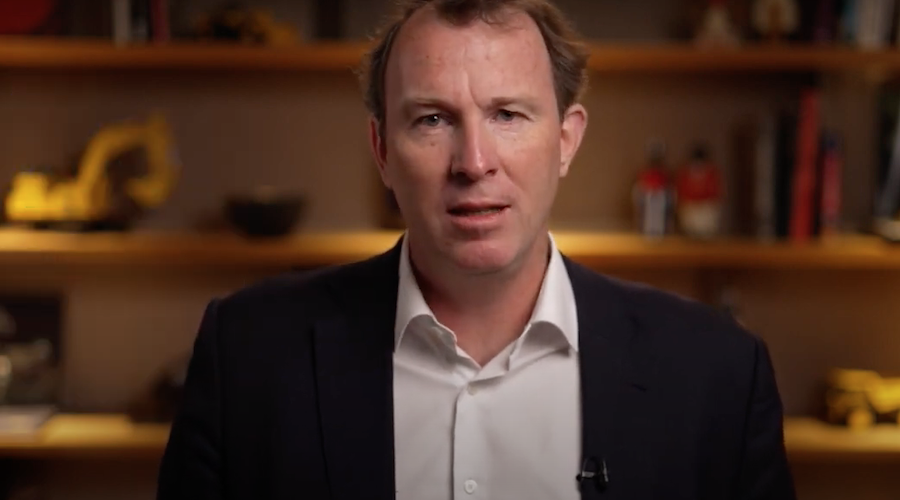
Endeavour Mining’s former CEO Sébastien de Montessus. (Image by Endeavour Mining).
Endeavour Mining Plc said its former chief executive officer paid the firm $1.35 million in a settlement, months after the gold miner fired him for alleged serious misconduct.

The London-listed company removed Sebastien de Montessus in January amid a probe into an “irregular” payment of $5.9 million made at the instruction of the then-CEO. Endeavour has since finished the investigation, saying in March it had also identified two previous transfers — totaling $15 million — to the same entity in the United Arab Emirates but was unable to determine the ultimate beneficiary

A spokesperson for the former CEO declined to comment about the settlement. De Montessus has previously said he never personally benefited from the transactions.
Endeavour’s probe into former CEO finds $15m in “disguised” payments
De Montessus paid the sum to Endeavour last month after the two parties concluded a settlement agreement, the company said in a report published July 31.
An additional $26.4 million has already been forfeited and clawed back, Endeavour said in last week’s report. The company in January outlined plans to claw back a total of $29.1 million in remuneration, including $15.6 million in unvested and forfeited share awards.
Endeavour has previously said de Montessus signed a “personal investment agreement” for at least $500,000 in 2019 with a firm that holds a stake in a consortium which went on to buy a small mine from Endeavour in 2022. The investigation was unable to “ascertain to what extent” de Montessus “directly profited from this relationship,” the company said in March.
De Montessus previously said payments to the UAE entity were advances to an established contractor of the miner and for essential security equipment, adding that Endeavour didn’t suffer any loss from the arrangement. He also has said that the $500,000 investment was never made.
Endeavour transformed during de Montessus’ seven-year stint at the helm through a spate of dealmaking and mine-building that replaced small and high-cost operations with newer projects. The company owns gold mines in West Africa with assets across Senegal, Ivory Coast and Burkina Faso.
(By William Clowes)
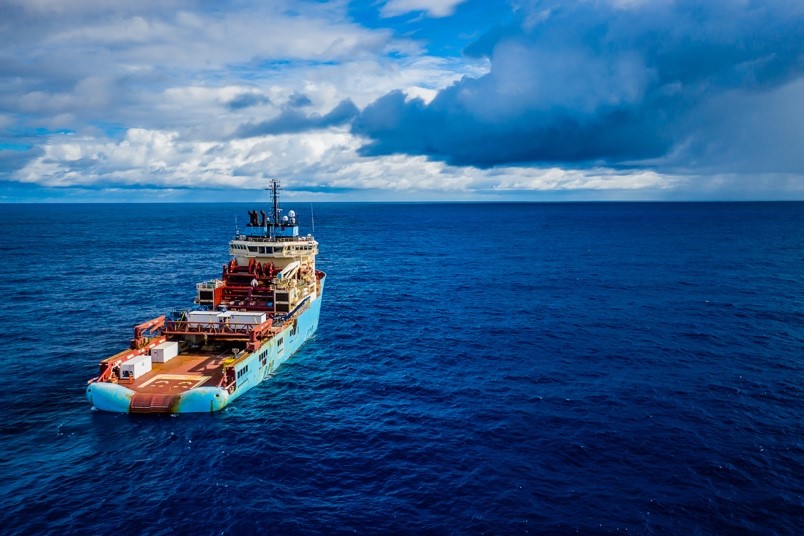
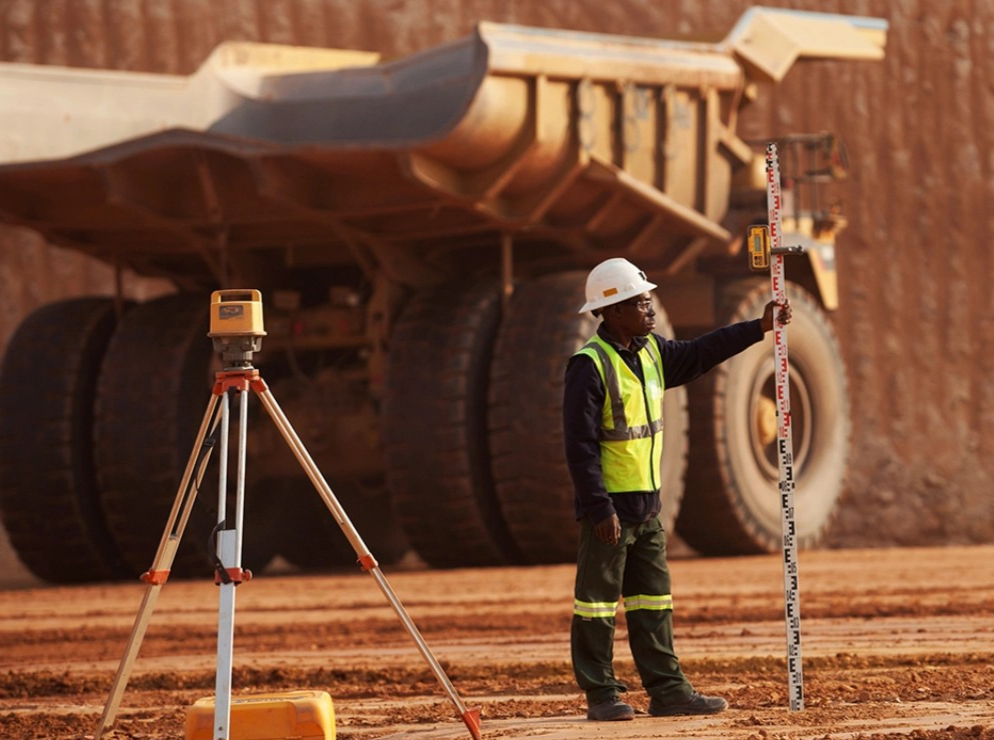

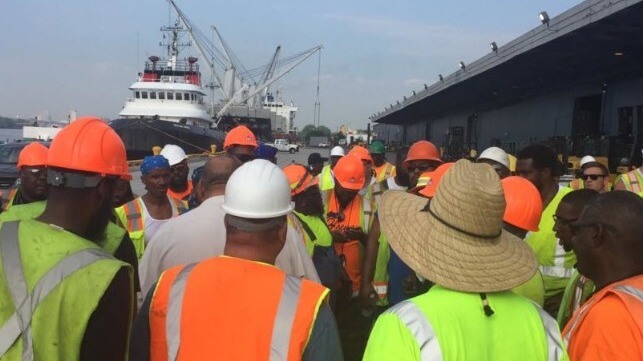
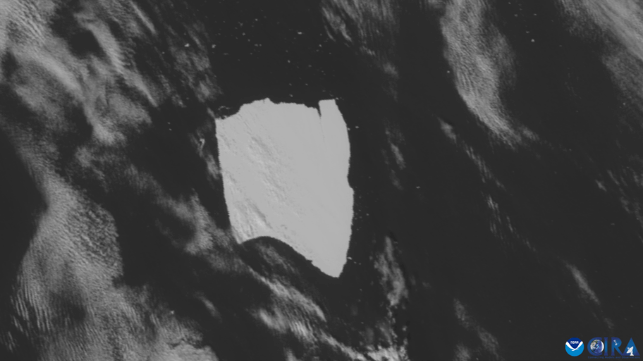

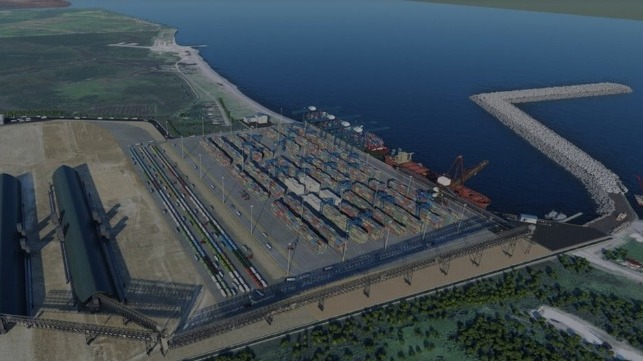
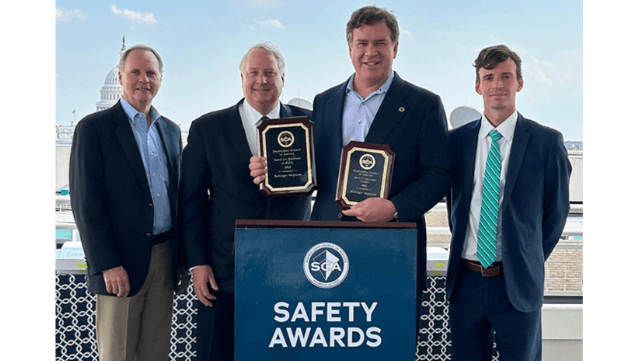
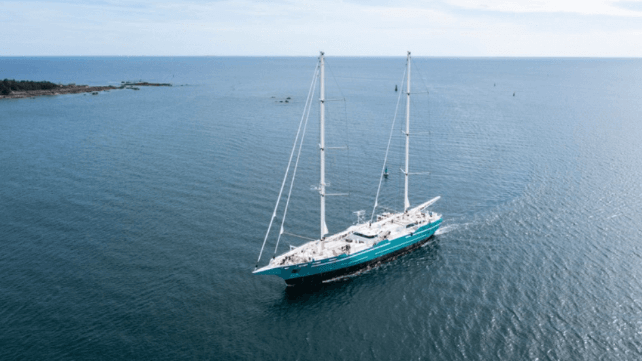 Anemos at sea © TOWT
Anemos at sea © TOWT